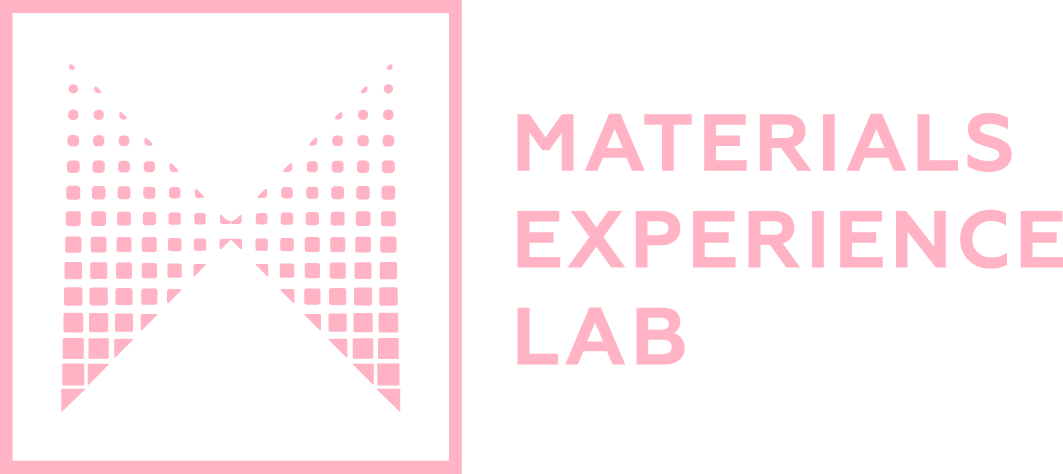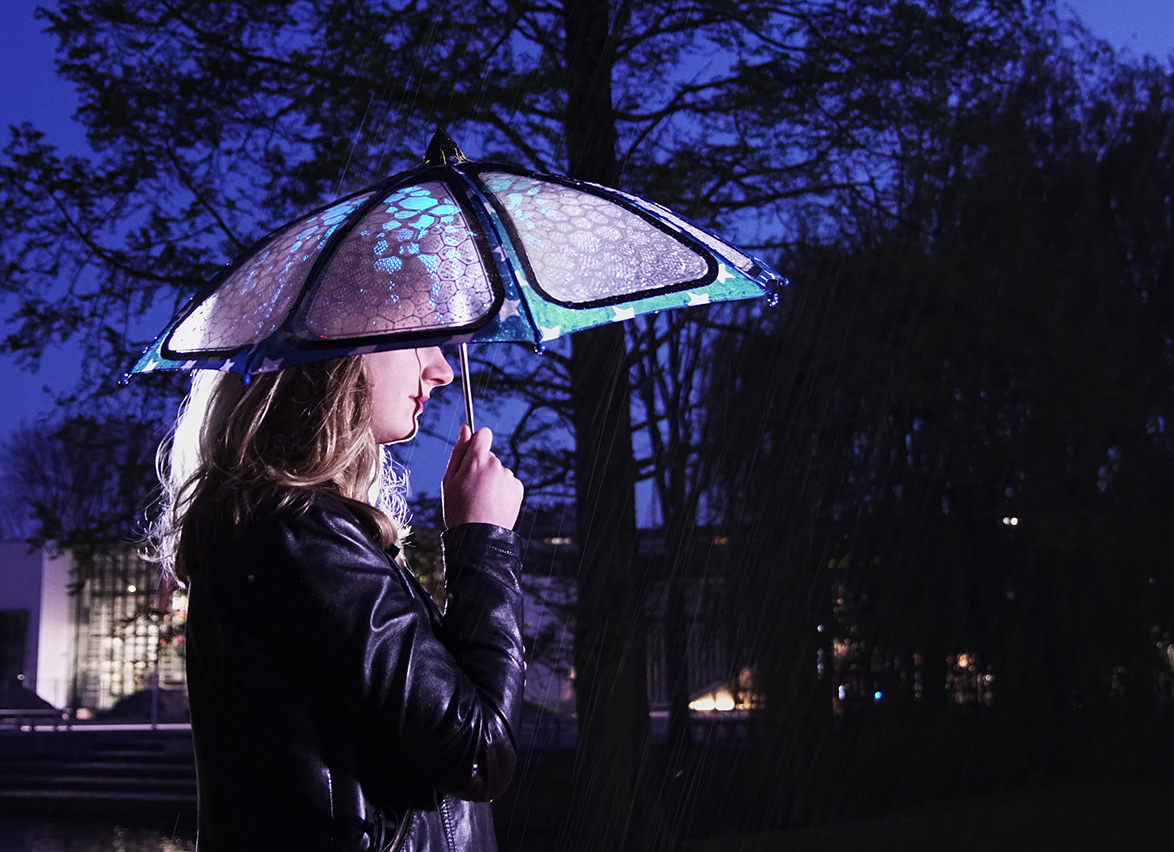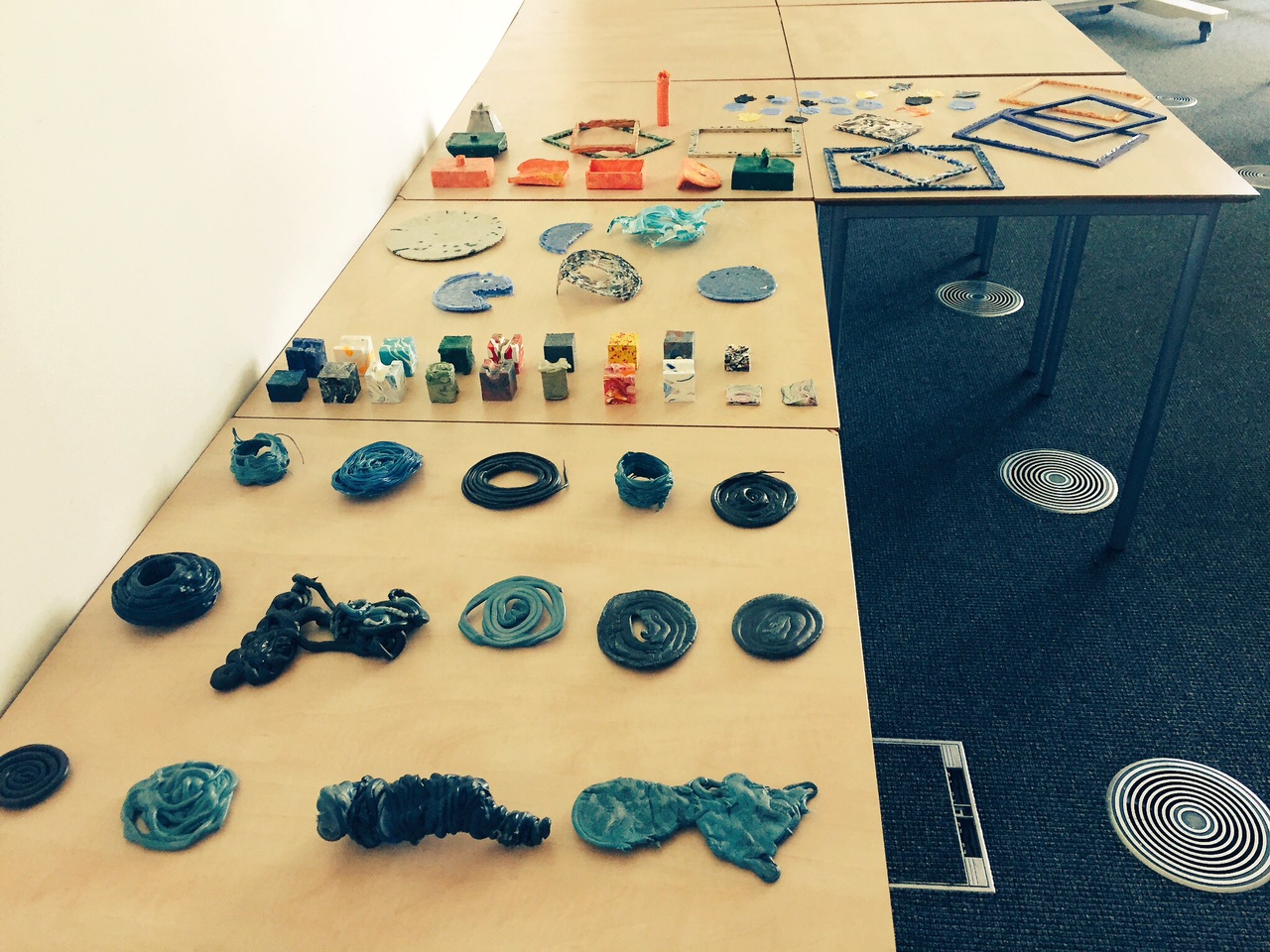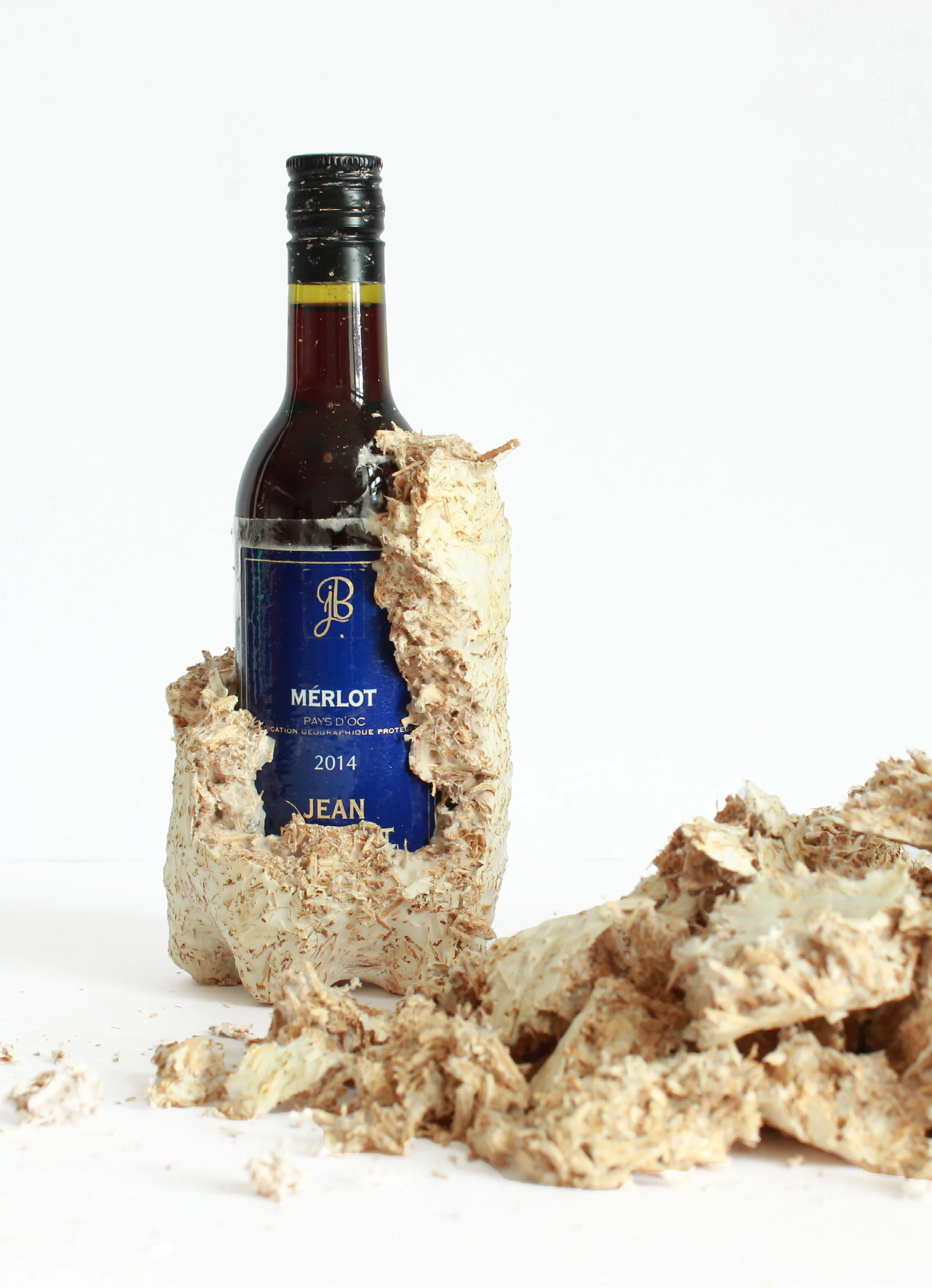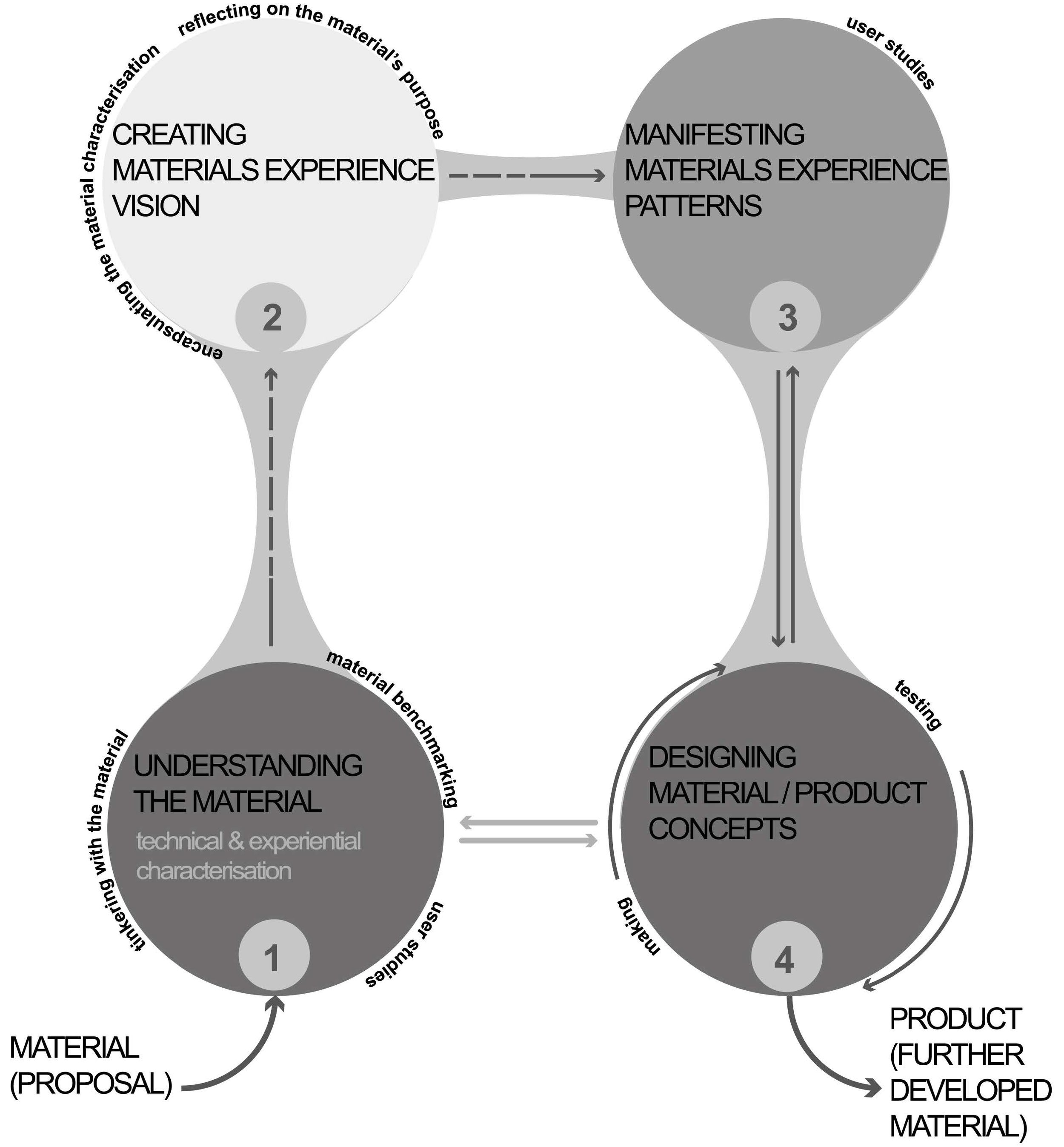MATERIAL DRIVEN DESIGN
A METHOD TO DESIGN FOR MATERIAL EXPERIENCES
Materials research constantly offers novel materials as better alternatives to convention. Functional aptness is taken for granted at the first commercial launch of a new material. Nevertheless, this alone may not be enough for its commercial success and widespread use. The ‘material’ should also elicit meaningful experiences in and beyond its utilitarian assessment. This requires qualifying the material not only for what it is, but also for what it does, what it expresses to us, what it elicits from us, and what it makes us do.
Material Driven Design (MDD) method facilitates designing for material experiences. It suggests four main action steps presented in a sequential manner as: (1) Understanding The Material: Technical and Experiential Characterization, (2) Creating Materials Experience Vision, (3) Manifesting Materials Experience Patterns, (4) Designing Material/Product Concepts. The process starts with a material (or a material proposal), and ends with a product and/or further developed material. The method emphasises the journey of a designer from tangible to abstract (i.e., from a material to a materials experience vision, illustrated with dashed lines and lighter colours in the bubble for Step 2), and then from abstract back to tangible (i.e., from a materials experience vision to physically manifested, further developed materials/products).
EXAMPLE PROJECTS
Design with Coffee Waste Material
Designing with Transparent Lighting
A Matter of Time. Time Process Matter.
Other institutions who apply the method
Dr. Valentina Rognoli, Politecnico di Milano, Italy
Lore Veelaert, UAntwerpen, Belgium
University of Liverpool. United Kingdom
University of Gävle – Faculty of Engineering and Sustainable Development, Sweden
Malmö University, Sweden
